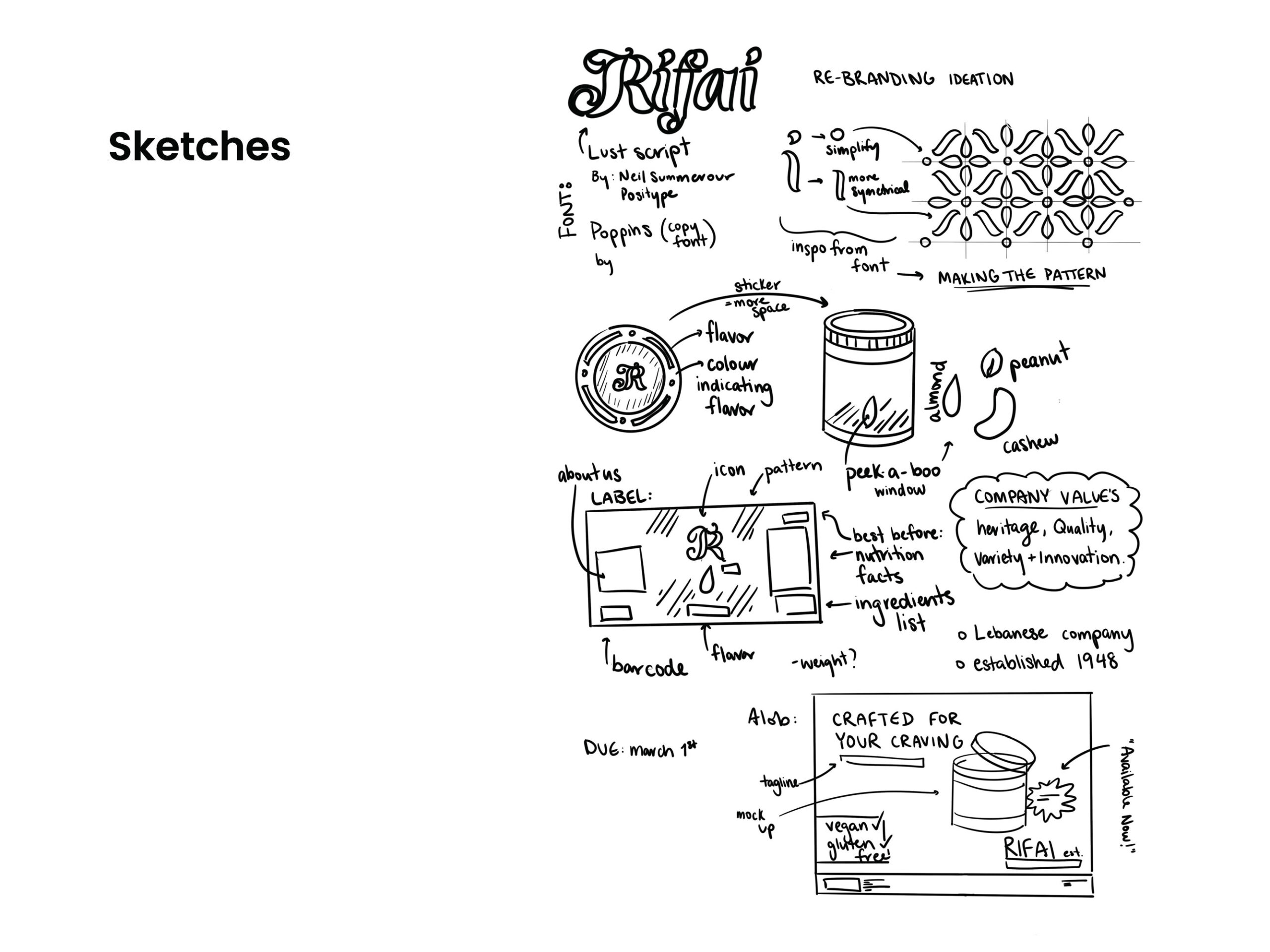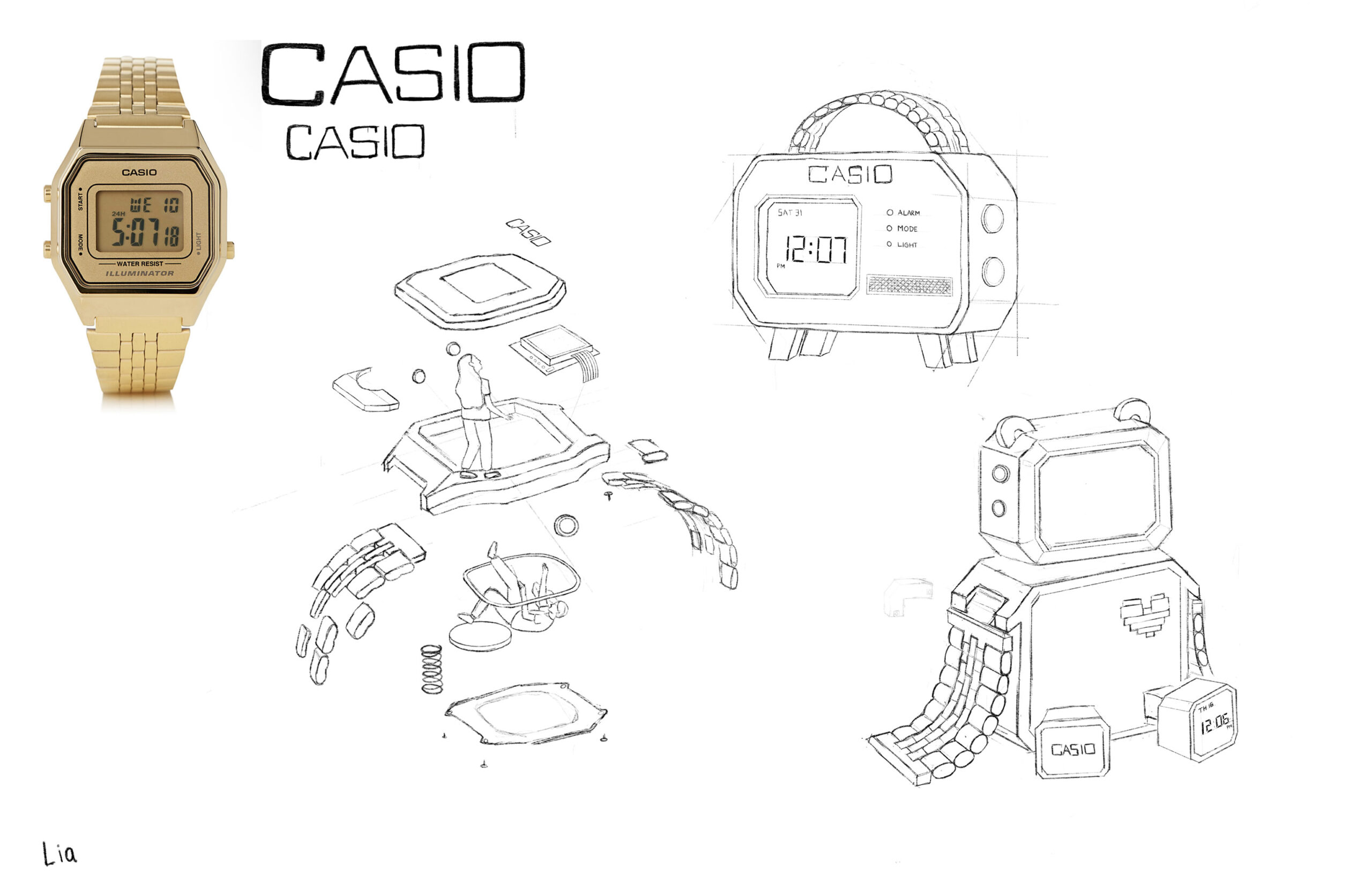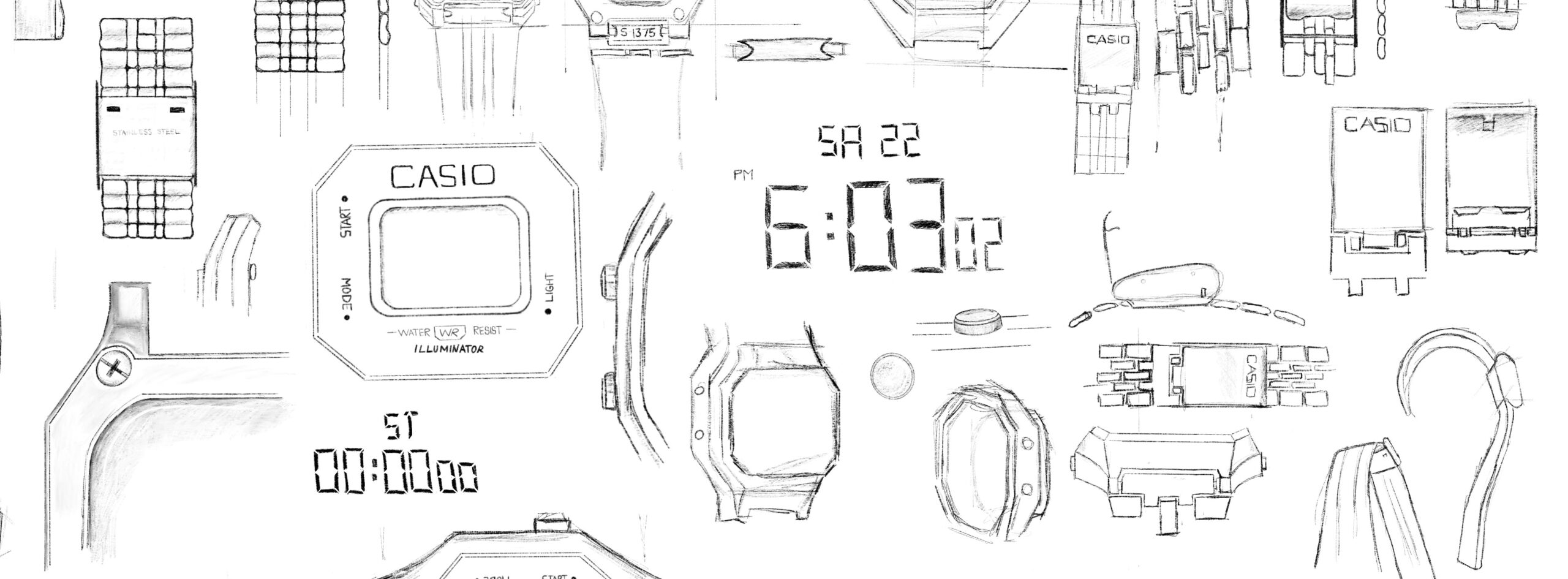So, for my first blog post, I thought I would share some of the extensive feedback, tips, and advice I’ve received and learned over the last couple of months. This article is intended for those struggling to find their footing as they transition out of school. Of course, it’s important to bear in mind that what works for one may not work for all.
After graduation, I really wanted to start my career and find the “perfect position.” However, it was quite difficult to keep my patience as I faced a sparse job market, with few positions piquing my interest or matching my qualifications. I found myself dedicating countless hours to applications for jobs that didn’t fully resonate with me — a misallocation of my time and energy, a realization that dawned on me only after facing numerous rejections. This was not in fact a numbers game as I was led to believe, where more applications automatically meant a higher chance of success.
After several months, of numerous applications, instances of being ghosted, rejections, relentless networking, portfolio reviews, coffee chats, valuable feedback, and many hours on LinkedIn, it became evident that a shift in strategy was necessary. Rather than continuing to send out multiple applications each day, I turned my attention towards enhancing my portfolio. I revisited and refined old projects and embarked on new ones, implementing the feedback I had received. For instance:
1. Evaluate the contribution of each project to the overall strength of my portfolio.
2. Identify unique qualities that set my portfolio apart.
3. Justify the origins of ALL of my ideas, through rationales — even for the choice of colour.
4. Ensure a consistent presentation structure across projects, despite their differences and when they were created.
5. Create mock-ups to showcase how my work could be applied in real-world scenarios.
6. Evaluate if the work I am presenting reflects the work I want to do.
7. If applicable, what problem are you solving with your project?


This refocused approach allowed me to not only improve the quality of my portfolio, but also to better articulate and demonstrate my design skills and vision, moving closer to where I wanted to be as a designer.
In September, I joined the RGD and got my provisional membership once I was confident my portfolio was ready for another review. I also volunteered at DesignThinkers, seeking inspiration and surrounding myself with new opportunities. Leveraging the resources provided by the RGD, I somewhat reluctantly embarked on freelancing. This marked a shift from my initial goal of finding the “perfect position” to a focus on expanding my network, incorporating client work into my portfolio, and learning from new connections.
Although sometimes it may feel like luck, I’m hesitant to say it was as there was a level of persistence. But I’m happy to report everything (so far) has worked out well. In January I started my role at Fusion and I couldn’t ask for a better learning environment. If you’re curious about the finer details of my journey feel free to reach out to me on LinkedIn.
Until next time!


